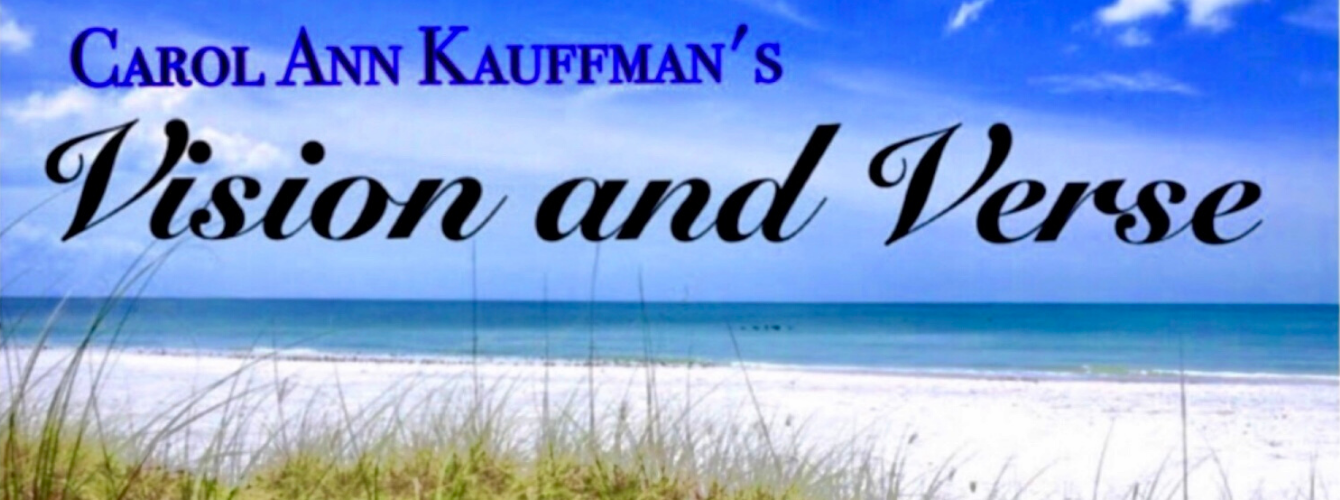The First Christian Church’s congregation, affiliated with the Disciples of Christ, was formed in 1841 with 27 members. Originally housed in downtown Youngstown, this church was dedicated in 1934. The current church is Late Gothic Revival and is constructed of limestone. First Christian was the fourth oldest church in Youngstown. This church building is well known for its Blue Window, located in the front. It was designed by stained-glass artist Henry Lee Willet of Philadelphia.
First Christian merged with Boardman Christian Church and sold the building to the Butler Institute of American Art.
Next to the Butler North, is the Butler Institute of American Art located at 524 Wick Avenue:
The Butler Institute of American Art was the first structure in the United States built specifically to house a collection of American art. Founded in 1919, the Butler, one of the nation’s most renowned museums of American art, is housed in a classically designed monument of Georgian and Carrara marble. It is considered an architectural landmark and is listed on the National Register of Historic Places.
In 1917, industrialist Joseph G. Butler, Jr., one of the earliest serious collectors of American art, commissioned the famous New York architectural firm of McKim, Mead, and White to design a museum in Youngstown, Ohio. The Institute, Mr. Butler’s gift to the people of Youngstown, opened in October of 1919 with the founder’s newly acquired works including the centerpiece of the collection, Snap the Whip by Winslow Homer.
In 1931, the north and south wings of the Institute were constructed. In 1967, the addition of a second floor to the galleries was completed. Thus the stage was set for the magnificent 1987 West Wing addition. The West Wing and its dramatic Beecher Court atrium provide space for touring exhibitions, concerts, lectures, museum events, and community activities. The West Wing, an example of Post Modernism in American architecture, was completed in 1992 with the opening of a beautiful outdoor exhibit space, The Butler Sculpture Garden and Terrace. In 1999 completion of The Beecher Center, a high tech education wing brought the Butler into the 21st century. 2003 marks the opening of a new café and museum shop.
All information from The Butler Institute of American Art.



No comments:
Post a Comment